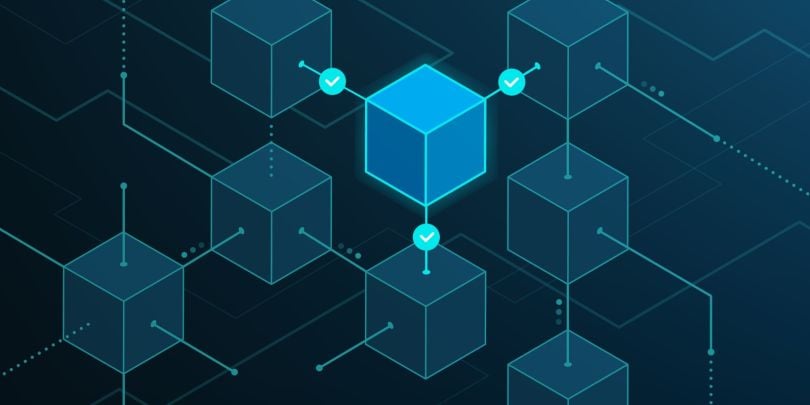How Blockchain Technology Works has been hailed as a revolutionary force, transforming industries from finance to supply chain management. But what exactly is blockchain, and how does it work? This article dives deep into the mechanics of blockchain technology, demystifying its complexities and exploring its real-world applications.
1. Introduction to Blockchain Technology
Have you ever wondered how cryptocurrencies like Bitcoin operate without a central authority? Or how supply chains are becoming more transparent and efficient? The answer lies in blockchain technology. Blockchain, at its core, is a decentralized ledger that records transactions across many computers in such a way that the registered transactions cannot be altered retroactively. This ensures security, transparency, and integrity. But how does this seemingly magical technology actually function?
2. The Structure of a Blockchain
Blocks and Chains
A blockchain is essentially a chain of blocks, each containing a list of transactions. Each block has three main components:
- Data: The actual transaction details.
- Hash: A unique identifier for the block.
- Previous Block’s Hash: This links the block to the previous one, forming a chain.
The Role of Nodes
Nodes are individual computers that participate in the blockchain network. Each node maintains a copy of the entire blockchain and follows a set of rules known as the consensus protocol. This decentralized network of nodes ensures that the blockchain remains secure and tamper-proof.
3. How Transactions Are Processed
Transaction Initiation
When a transaction is initiated, it is broadcast to the network. Each node verifies the transaction based on predefined criteria, ensuring that it is legitimate.
Consensus Mechanisms
To add a transaction to the blockchain, nodes must reach a consensus. There are various consensus mechanisms, but the most common ones are:
- Proof of Work (PoW): Nodes (miners) compete to solve complex mathematical puzzles. The first to solve the puzzle gets to add the block to the blockchain and is rewarded with cryptocurrency.
- Proof of Stake (PoS): Validators are chosen to add blocks based on the number of coins they hold and are willing to “stake” as collateral.
4. Security Features of Blockchain
Cryptographic Hashing
Each block’s hash is generated using a cryptographic algorithm, ensuring that any change in the block’s data will alter the hash, making tampering detectable.
Immutability and Transparency
Once a block is added to the blockchain, it is extremely difficult to alter. This immutability, combined with the transparent nature of the ledger, makes blockchain a highly secure technology.
5. Real-World Applications of Blockchain
Cryptocurrencies
The most well-known application of blockchain is cryptocurrencies like Bitcoin and Ethereum, which allow for decentralized, peer-to-peer financial transactions.
Supply Chain Management
Blockchain can track products from their origin to the consumer, ensuring transparency and reducing fraud in supply chains.
Smart Contracts
These self-executing contracts with the terms of the agreement directly written into code can automate and enforce contract conditions without the need for intermediaries.
6. Challenges and Future of Blockchain Technology
Scalability Issues
One of the biggest challenges for blockchain is scalability. As the number of transactions grows, the network can become slow and inefficient.
Regulatory Concerns
Blockchain’s decentralized nature can conflict with existing regulatory frameworks, posing legal and compliance challenges.
Innovations on the Horizon
Despite these challenges, innovations like sharding and layer 2 solutions are being developed to address scalability, while governments and institutions are working towards regulatory clarity.
7. Conclusion
Blockchain technology, with its promise of security, transparency, and decentralization, has the potential to revolutionize numerous industries. From cryptocurrencies to supply chain management, the applications are vast and varied. However Buying and selling bitcoin, challenges such as scalability and regulation need to be addressed for blockchain to achieve its full potential.
Is blockchain the future of digital transactions and beyond? Only time will tell, but the ongoing innovations and growing adoption suggest a promising horizon.
As we move forward, it’s crucial to stay informed and engaged with this evolving technology, understanding both its capabilities and its limitations. Whether you are an enthusiast, a professional, or simply curious, blockchain technology offers a fascinating glimpse into the future of secure and transparent digital interactions.

